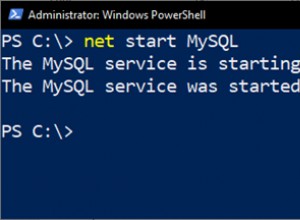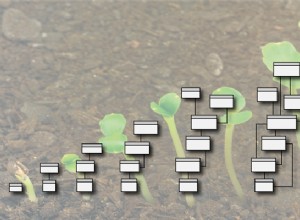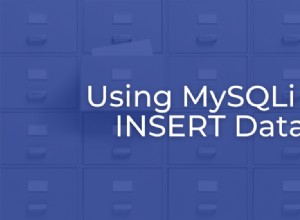Bene, potresti mancare ancora un altro tipo, basato su MYTYPE .
Ecco un esempio (sto usando lo schema di Scott perché non ho le tue tabelle). Ho aggiunto DEPTNO in MYTYPE in modo da poter unire il risultato (restituito dalla funzione) con EMP tabella.
Questo è quello che hai:
SQL> create or replace type mytype as object
2 (deptno number,
3 dname varchar2(20),
4 loc varchar2(20));
5 /
Type created.
Questo è quello che ti manca:
SQL> create or replace type mytab as table of mytype;
2 /
Type created.
Una funzione:nota riga 9:
SQL> create or replace function myfunc (p_in number) return mytab is
2 v_dname varchar2(20);
3 v_loc varchar2(20);
4 begin
5 select dname, loc
6 into v_dname, v_loc
7 from dept
8 where deptno = p_in;
9 return mytab(mytype(p_in, v_dname, v_loc));
10 end myfunc;
11 /
Function created.
Test:
SQL> select * from table(myfunc(10));
DEPTNO DNAME LOC
---------- -------------------- --------------------
10 ACCOUNTING NEW YORK
SQL>
SQL> select e.ename, e.sal, m.dname, m.loc
2 from emp e join table(myfunc(e.deptno)) m on m.deptno = e.deptno
3 where e.deptno = 10
4 order by m.dname, e.ename;
ENAME SAL DNAME LOC
---------- ---------- -------------------- --------------------
CLARK 2450 ACCOUNTING NEW YORK
KING 10000 ACCOUNTING NEW YORK
MILLER 1300 ACCOUNTING NEW YORK
SQL>




